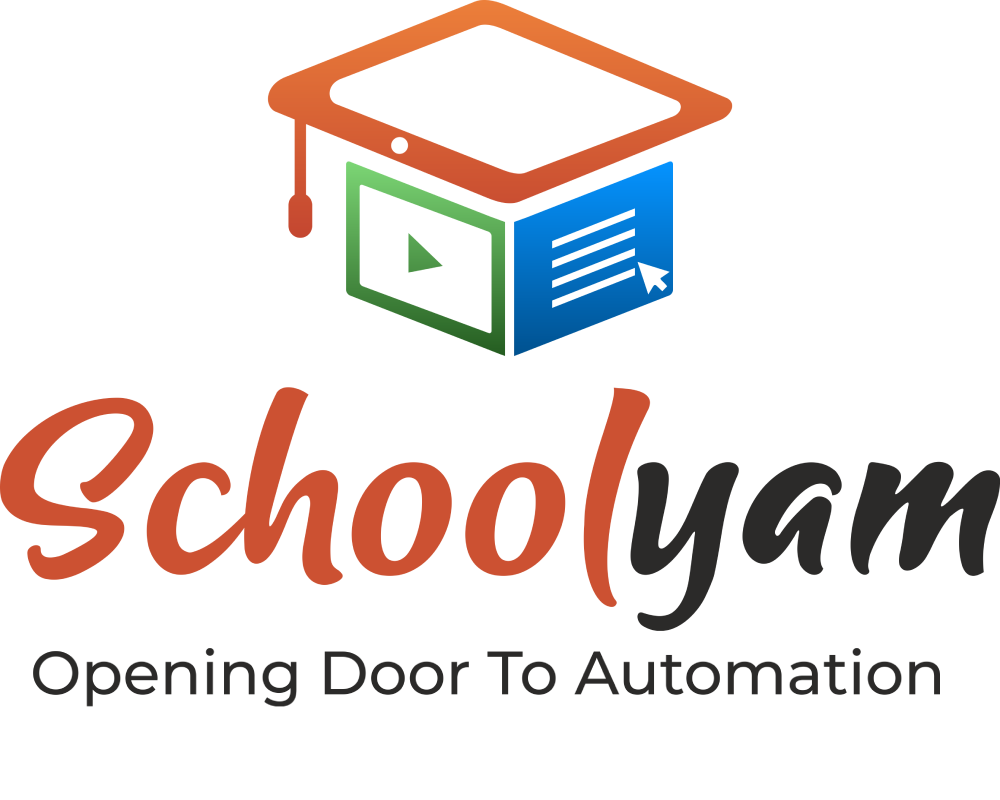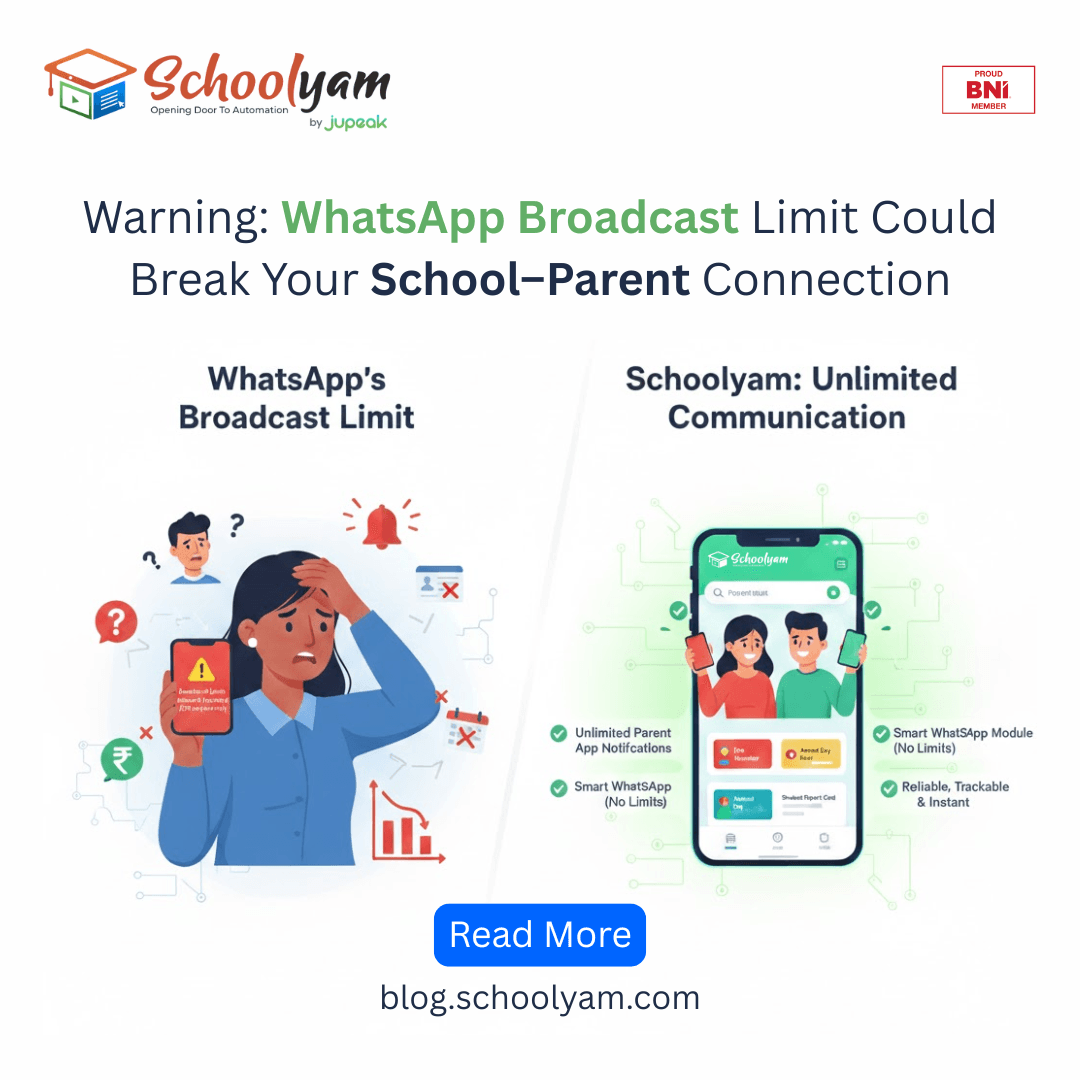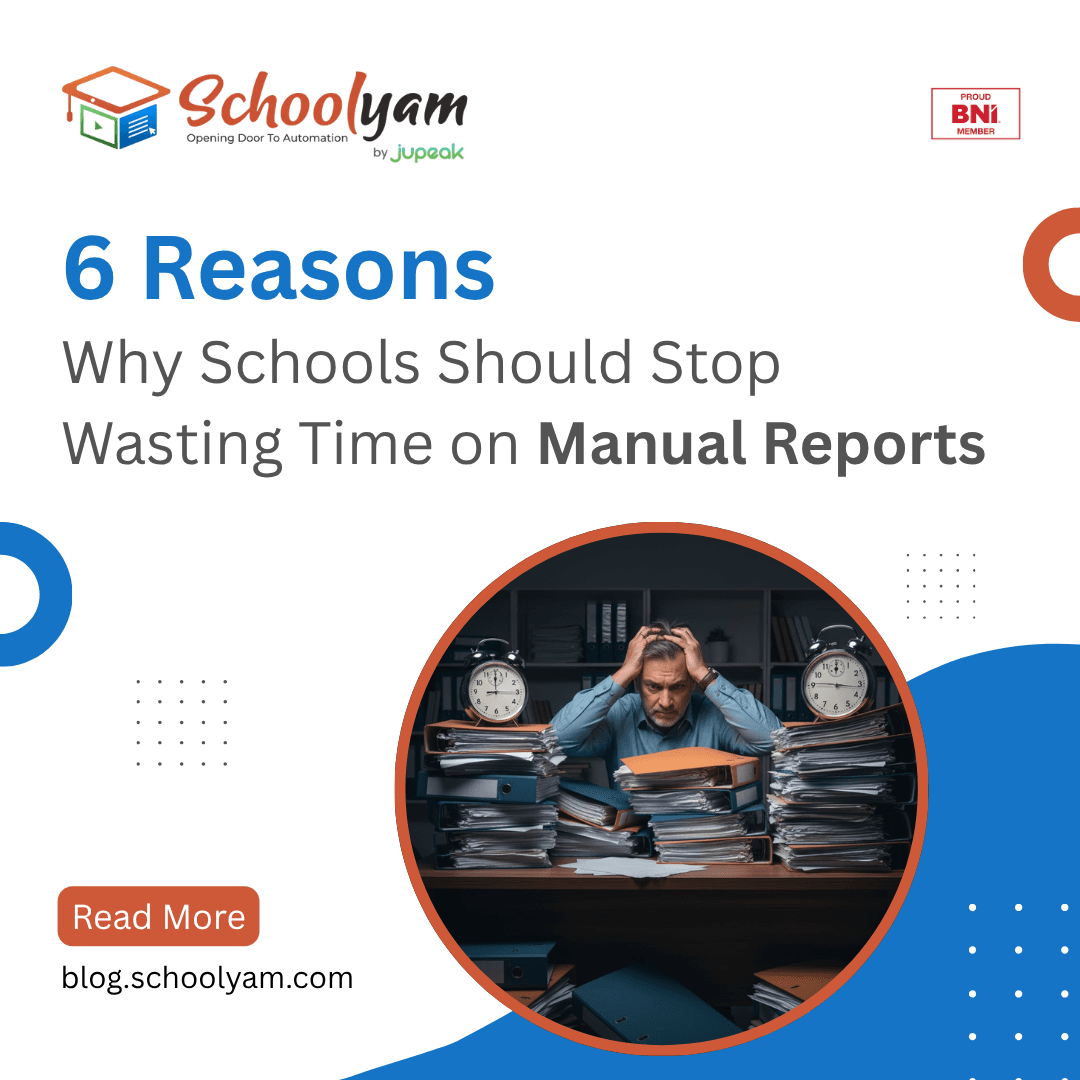
In the digital age, School Management System have become an integral part of educational institutions. These systems offer a range of benefits, from streamlining administrative tasks to improving communication between teachers, students, and parents. However, the process of selecting and implementing a school management system can be fraught with challenges. In this blog, we’ll explore some common mistakes that schools make when opting for a school management system and offer guidance on how to avoid them.

Neglecting Comprehensive Needs Assessment:
One of the most significant mistakes schools make is rushing into purchasing a school management system without conducting a thorough needs assessment. Each educational institution is unique, with its specific requirements and goals. Skipping this critical step can lead to the selection of a system that doesn’t align with the school’s needs or doesn’t address its most pressing challenges. To avoid this mistake, schools should engage all relevant stakeholders, including teachers, administrators, and IT personnel, in a needs assessment process.
Failing to Consider Scalability:
Schools often focus on their immediate needs when choosing a management system, overlooking the importance of scalability. As the school grows or changes over time, the system should be able to adapt and expand accordingly. Failing to consider scalability can result in costly migrations or the need to invest in a new system sooner than anticipated. Schools should choose a system that can accommodate future growth and evolving requirements.
Overlooking Integration Capabilities:
School management systems are most effective when they seamlessly integrate with other tools and software used in the educational ecosystem. Many schools make the mistake of selecting a system that doesn’t easily integrate with their existing systems, leading to inefficiencies and data silos. To prevent this, schools should prioritize compatibility and integration capabilities during the selection process.
Ignoring User Experience:
The user experience is a crucial factor in the successful adoption of a school management system. Schools sometimes make the error of choosing a system that is overly complex or difficult to use, which can lead to resistance from teachers and staff. Prioritizing a user-friendly interface and conducting usability testing can help ensure a smoother transition and better user engagement.
Underestimating Training and Support Needs:
Implementing a school management system requires training for staff and ongoing support. Some schools underestimate the time and resources required for training, leading to frustration and resistance among users. It’s essential to budget adequately for training and have a support plan in place to address issues as they arise.
Neglecting Data Security:
Protecting sensitive student and administrative data is a top priority for educational institutions. Unfortunately, some schools overlook the importance of robust data security features when selecting a school management system. To avoid data breaches and compliance issues, schools should choose a system with strong security measures and regularly update them to stay ahead of emerging threats.
Not Involving Stakeholders in Decision-Making:
School management system selection is not solely an IT decision. Schools must involve all relevant stakeholders, including teachers, administrators, parents, and students, in the decision-making process. Failure to do so can lead to resistance, as users may feel that their needs and concerns are not being considered.
Conclusion:
Choosing the right School Management System is a critical decision for educational institutions. Avoiding common mistakes such as neglecting needs assessment, ignoring scalability and integration, underestimating user experience and training needs, neglecting data security, and excluding stakeholders from the decision-making process is essential for a successful implementation. By addressing these issues, schools can maximize the benefits of their chosen system, streamline administrative tasks, and enhance the overall educational experience for students, teachers, and parents.



